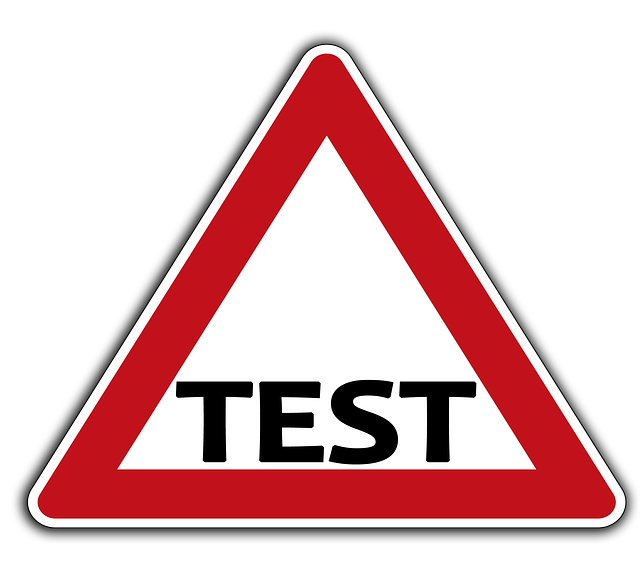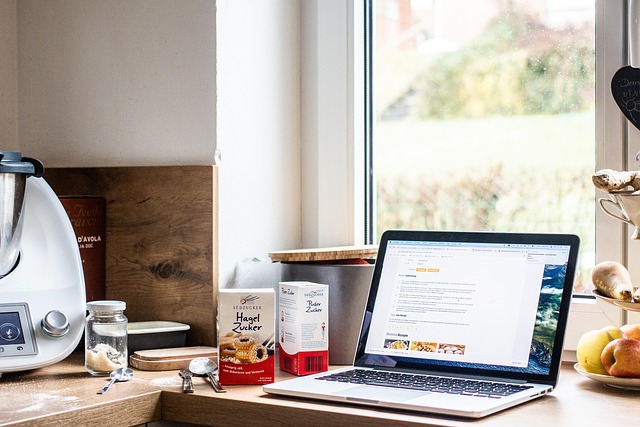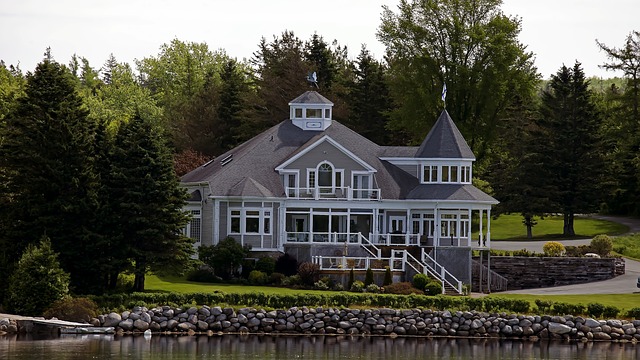When evaluating real estate, meticulous inspection of a property's exterior conditions is vital. Check for structural damage, wear in cladding/roofing/siding, window issues, and signs of settling. Regular maintenance prevents minor problems from becoming costly repairs, ensuring longevity and curb appeal while enhancing property value. Professional assessments are crucial for investors to make informed decisions and mitigate potential hazards.
In the real estate market, identifying structural or mechanical problems is paramount for investors and homeowners alike. This comprehensive guide delves into the essential steps of assessing a property’s integrity. From meticulously inspecting exterior conditions—including roofs, siding, windows, and structural elements—to evaluating interior systems and functionality, every detail matters. Additionally, it highlights critical safety aspects such as identifying health risks and ensuring vital safety features are operational, empowering individuals to make informed decisions regarding their real estate investments or home maintenance.
Assessing Exterior Conditions

When assessing a property in real estate, paying close attention to the exterior conditions is paramount. This involves visually inspecting the building’s facade for any signs of structural damage, such as cracked or uneven foundations, bowed walls, or tilted doors and windows. Over time, these issues can lead to more serious problems like water infiltration, mold growth, and reduced energy efficiency.
Moreover, examining the exterior cladding, roofing, and siding is crucial. Look for evidence of wear and tear, leaks, or missing components. These elements play a significant role in protecting the building from the elements, ensuring its longevity, and maintaining its curb appeal. Regular maintenance and timely repairs can prevent minor issues from escalating into costly structural or mechanical problems in the future.
– Inspecting the roof, siding, and windows for damage or signs of wear

When evaluating a property in the real estate market, meticulous inspection is key. One should start by examining the roof for any missing or damaged shingles, signs of leaks, or structural weaknesses. A roof in poor condition can lead to significant internal damage and increased energy costs. Next, inspect the siding for cracks, peeling paint, or warping, as these could indicate problems with moisture intrusion and compromise the property’s insulation and energy efficiency.
Furthermore, pay close attention to the windows, checking for broken glass, inadequate sealing, or rot around the frames. These issues not only impact comfort but can also result in higher heating and cooling expenses. Regular maintenance of these key elements ensures not only aesthetic appeal but also protects against costly repairs and enhances the property’s overall value in the real estate market.
– Evaluating exterior structural integrity and potential weaknesses

In the realm of real estate, evaluating a property’s exterior structural integrity is paramount for identifying potential issues and ensuring safety. Prospective buyers or property managers should meticulously inspect the building’s external components, looking for signs of wear and tear, cracks in foundations, or any uneven settling. These initial assessments can reveal weaknesses that might indicate more serious problems beneath the surface.
Focus on key areas like exterior walls, rooftops, and windows, which are often the first lines of defense against environmental elements. Weaknesses here could lead to water damage, insulation issues, or even structural collapse over time. A thorough evaluation by professionals is crucial for real estate investors aiming to make informed decisions, avoiding costly repairs, or potential hazards down the line.






